There is currently a remarkable trend worldwide: companies are buying their own shares. In Germany, this instrument is still only used with restraint, with less than one percent of companies using it. The situation is quite different in the USA, where four out of five companies are already buying back shares. This measure increases the important key figure of earnings per share. Absolute profit remains the same or even falls, but earnings per share increase. Nevertheless, it often remains short-term balance sheet cosmetic. It creates a drain on money, but the goal of a sustainable price stabilization or increase is still often not achieved.
If energy prices and the prices of other goods rise significantly in the winter, this could lead to consequences similar to those of the 2008 financial crisis. Money will become scarce. Let’s see which AGs have created a problem for themselves with buyback programs.
Successful medium-sized companies must act now
Medium-sized companies also have financing issues at the moment, but for different reasons. The companies that offer the right products in view of the energy crisis may reach the limits of their own financing options precisely because of their market success. At the very time they need capital to finance growth, interest rates are rising and banks are becoming more restrictive in their lending policies.
At the same time, the time window for improving the company’s own market shares is very limited. Either companies take advantage of the opportunities now, or you’re too late. A dilemma!
?
- Where are the capacity limits in your supply chain?
- Do they have adequate and, above all, the right stocks?
- Are they permanently able to deliver, or are they losing orders despite high inventories? Working capital optimization is the solution.
- Does your product have the right price-performance ratio? What do your customers pay for and what don’t they pay for?
- Do you have the optimum vertical range of manufacture? Who decides that?
- Do you have the right, namely the best, suppliers? In what geographic radius do they buy? How resilient is their supply system?
- Do they produce and distribute their products in an energy-efficient way, do they have a sustainable value creation system?
We are very happy to discuss these topics with you. Talk to us and we’ll schedule a free workshop with no obligations on your side.



 Deutsch
Deutsch